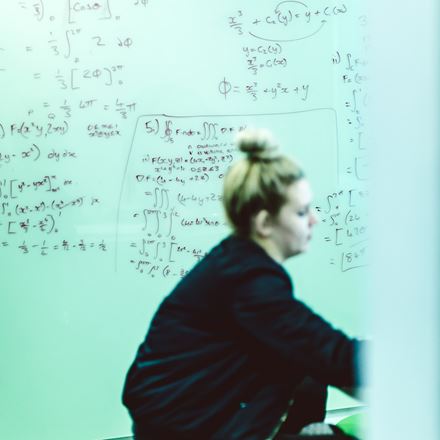Looking for ways of presenting knots which help artificial intelligence to learn to manipulate knots
Knots (like the one presented in the picture) are difficult to begin to study mathematically because mathematical notation works well with words or matrices, and a knot diagram cannot be easily represented as either. This is why in knot theory much effort is invested in representing knots in the form of words or matrices (for example, you might have heard of Gauss words or Goeritz matrices).
Now suppose we want the computer to work with knots; then we face a different kind of problem, namely, the computer does not possess human 2D and 3D intuition. To enable the computer to start exploring knots, we need to trawl through existing representations of knots (or invent new ones) looking for those which will compensate for the computer not possessing human spatial intuition.
Speaker
Alexei Vernitski, University of Essex
How to attend
If not a member of the Dept. Mathematical Science at the University of Essex, you can register your interest in attending the seminar and request the Zoom’s meeting password by emailing Dr Jesus Martinez-Garcia (jesus.martinez-garcia@essex.ac.uk)

